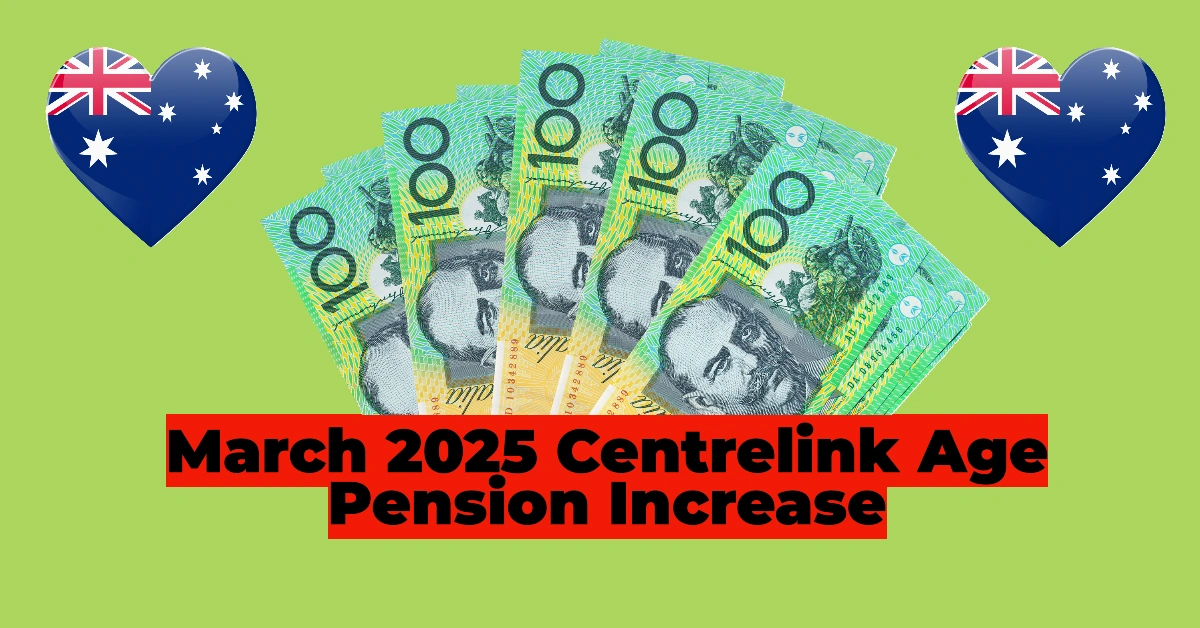Consumer Confidence Rebounds Amid Steady Sales Activity
Ottawa’s resale housing market has shown promising signs of recovery in October 2024, with 1,179 units sold through the MLS® System of the Ottawa Real Estate Board (OREB). This represents a significant increase compared to 1,047 units sold in September, signaling growing consumer confidence bolstered by favorable economic conditions and strategic monetary policies.
Although home sales in October were 3.9% below the five-year average and 0.9% below the 10-year average, year-to-date sales have demonstrated resilience, with 11,662 units sold — a 9.4% rise compared to the same period in 2023.
Bank of Canada Rate Cuts Fuel Optimism
OREB President Curtis Fillier highlighted the sustained sales activity as a key indicator of strengthening market confidence. “We’re seeing positive movement in Ottawa’s market with sales activity up,” Fillier noted. “This is especially interesting because there has been sustained activity throughout the year instead of the typical seasonal spikes and lulls. Consumer confidence is getting stronger, boosted by another consecutive Bank of Canada interest rate cut — though many are waiting for additional rate drops.”
The Bank of Canada’s recent 50-basis-point interest rate reduction has provided a much-needed lift, coming at a time when Ontario’s housing projections have been scaled back. The Fall Economic Statement cited challenging economic conditions and high interest rates as obstacles, reducing housing start projections to 81,300 — far below the province’s ambitious target of 125,000 new homes in 2024.


Supply Challenges Continue to Impact Affordability
Despite the positive sales trends, the issue of limited supply remains. “The challenge remains supply,” Fillier emphasized. “Ottawa’s inventory leans tight and can swing quickly from balanced territory to a seller’s market, which can compound affordability and accessibility challenges. Now is always the time for fresh action and innovative policies that can create much-needed inventory.”
OREB has been proactive in advocating for solutions to the housing supply crisis. The Board’s leadership, alongside the Canadian Real Estate Association, has urged Parliament to consider investments in offsite construction technologies, such as prefabricated homes, and to extend HST/GST relief for non-profit-built affordable housing.
Bank of Canada Official Cautions Against Adjusting Mortgage Rules to Address Housing Affordability
CMHC Report Highlights: 2025 Mortgage Renewal Risk Impact on Canadian Homeowners
Best Mortgage Rates in Canada Nov 2024
How to Minimize Mortgage Penalties When Breaking Your Mortgage Early
Bank of Canada Historic 3.75% Rate Cut: Key Impacts on Mortgages, Loans, and Savings 2024
By the Numbers: Home Prices and Market Trends
The MLS® Home Price Index (HPI), which provides a more accurate representation of price trends than average or median prices, reflected modest gains in October 2024:
- Overall MLS® HPI Composite Benchmark Price: $639,500, a 0.4% increase from October 2023.
- Single-Family Homes: Benchmark price rose to $724,500, marking a 0.7% year-over-year increase.
- Townhouses/Row Units: Benchmark price climbed to $506,900, up 1.6% from last year.
- Apartments: Benchmark price decreased to $407,500, a 3.4% decline from October 2023.
- Average Home Sale Price: $668,690, up 1.2% from October 2023. The year-to-date average price was $678,081, a 0.9% increase compared to the same period in 2023.
The total dollar volume of home sales in October was $788.3 million, a substantial 47.7% rise from October 2023. OREB, however, cautioned that average sale prices should be used cautiously as they can be influenced by the mix of properties sold and may not accurately reflect individual property value changes across neighborhoods.
Reverse Mortgage Horror Stories in Canada: Understanding the Risks and Challenges
TD Mortgage Calculator: Calculate Your Mortgage Payments with Ease
Inventory and New Listings: A Balancing Act
October saw an uptick in new residential listings, which increased by 10.4% compared to October 2023. A total of 2,089 new listings were recorded, 6.7% above the five-year average and 17% higher than the 10-year average. This influx helped boost active residential listings to 3,354 units by the end of the month, marking an 8.9% year-over-year increase.
Active listings remain well above historical averages, with inventory levels 40.6% higher than the five-year average and 6.7% above the 10-year average. The months of inventory — a measure of how long it would take to deplete current stock at the current pace of sales — stood at 2.8, down from 3.8 months in October 2023. This tightening inventory could drive competition and price pressure if demand continues to rise.
Future Outlook: Navigating Uncertainty and Opportunities
As Ottawa’s real estate market navigates economic headwinds and shifting monetary policies, the outlook remains cautiously optimistic. While supply constraints pose ongoing challenges, strategic interventions and continued interest rate reductions may help balance the scales, promoting sustainable growth and improving affordability.
OREB’s continued advocacy for innovative solutions and policy support will be crucial in ensuring Ottawa’s housing market remains robust and resilient. As consumer confidence grows and the market adapts, buyers and sellers alike will need to stay informed and agile in this evolving landscape.
Stay tuned for more updates as we continue to track market movements and analyze emerging trends in Ottawa’s real estate sector.









Leave a Reply